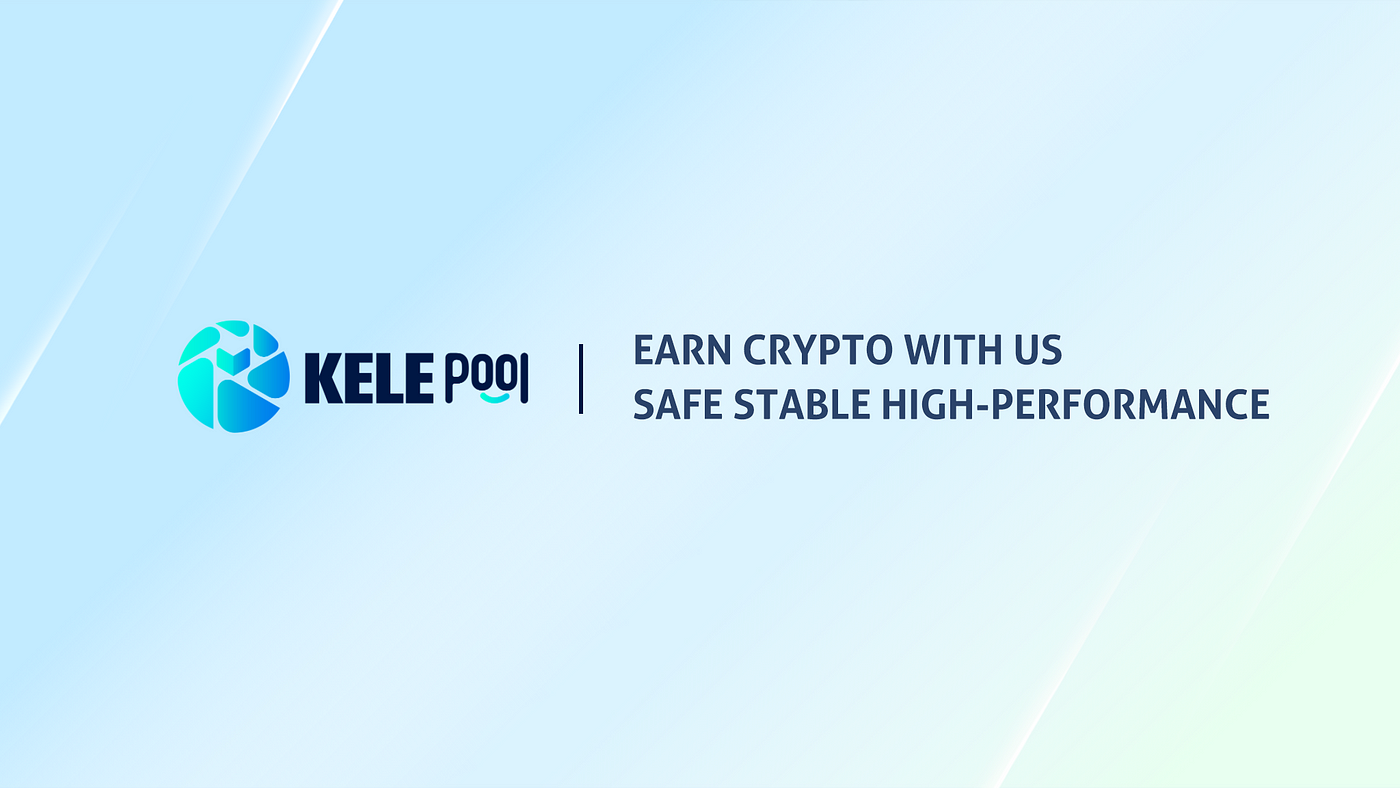Crypto Mining VS Staking: What is the Difference?
For people who are new to cryptocurrencies, I think it's vital to clarify the conceptions of mining and staking before investing. We know they are both behaviors to maintain blockchain security and ensure the generation of new blocks, and both will give block rewards. But they are different when we talk about how they work and their corresponding rewards.
How does mining work?
Firstly, let's talk about mining since you may be more familiar with it. Cryptocurrency mining relies on the Proof-of-work (PoW) consensus mechanism. The consensus mechanism is a rule, which allows distributed networks to work together and maintain security. The network must abide by this rule, under the premise various behaviors are carried out.
The proof-of-work consensus mechanism, as its name suggests, requires you to contribute actual "work" to get benefits. Whenever the network needs to pack a new block, PoW will hold a "math competition", in which miners try to calculate the answer to a complicated mathematical problem. Whoever determines the correct answer first will be allowed to pack the block and get the block reward - extra coins. It is natural to understand that in such a situation, the more computing power the miner has, the more advantages it gets. Hence, there are many special miners designed with high computing power. The process of using miners to participate in the competition, pack blocks, and earn rewards is called mining.
Pros and cons of mining
The investment before starting mining is relatively high, you need to prepare miners (better with high performance) and storage space for miners. After that, get ready to pay electricity bills, and also learn how to configure and manage miners to ensure the mining process goes smoothly. The earnings of mining are inspiring. As of July 2022, the block reward for Bitcoin is about 6.35 coins (worth about $124,000), and the block reward for another mainstream currency, ETH, is about 2.1 coins (worth about $124,000). $2,300).
How does staking work?
Now let's look at the new favorite of investors - staking. Staking is derived from the Proof-of-stake (PoS) consensus mechanism. "validator nodes" are used in PoS, instead of miners in PoW. Coin holders stake their tokens to validator nodes, and nodes that obtain a certain amount of tokens will have the opportunity to verify and pack new blocks, and earn block rewards. When a node has more tokens and holds them for a longer time, it will have more chances to be selected by the network. The process is like investing in a company, stake more tokens to become a bigger shareholder, which brings you more earnings and power of voting.
Under the PoS mechanism, we have no mathematical problems to solve, so miners are no longer needed and the efficiency of network is also greatly improved. In consideration of environmental protection and high efficiency, PoS is getting popular, and now cryptocurrencies represented by ETH are gradually shifting from PoW to PoS.
Pros and cons of staking
Compared with mining, staking is convenient to start, but it is still necessary to ensure that you hold a certain amount of coins. In fact, the follow-up operation of the staking is also relatively simple, especially when participating through a pool, you just need to confirm and sign some terms. The income of the staking is stable, with a current annualized rate of return is about 4% -20%. Overall, it's a good way to fully use the tokens in your wallet and generate additional income.
Investment suggestions
- Whether it is mining or staking, we need to be cautious in the choice of currency.
For mining, the value of old coins is high and stable, but it's difficult to earn rewards for intense competition; new coins are easy to mine, but value fluctuations are greatly unpredictable.
For staking, not all currencies support the PoS mechanism, and staking is usually a long-term process, so the currency price and rate of return should be considered before investment.
- It is recommended to participate in mining and staking through pools, such as Kele Pool.
From the above, we know that if you want to get the mining reward, you need an absolute computing power advantage, which is actually difficult for individuals to achieve. Kele Pool can help gather the computing power of many miners and distribute the income according to the share of work, avoiding the situation of "invalid work" and ensuring that you can obtain income. Moreover, Kele Pool provides services such as hashrate alarm and hashrate chart, which can monitor the miners in time and prevent unnecessary losses.
On the PoS network, if you want to run the validator node on your own, you need to stake more tokens. Taking ETH as an example, it takes 32ETH to create a single validator node, which is a lot of money when converted into cash, and not everyone can afford it. Kele Pool can also solve this problem, allowing investors to participate with a minimum amount of 0.01ETH. In addition, Kele Pool also provides convenient services for investors who can bear a higher amount, and helps reduce the risk of slashing caused by irregular operations, with professional maintenance.
Any investment has risks, please carefully evaluate the uncertainty of investment.

As a one-stand cryptocurrency platform (supporting both mining and staking), Kele Pool is dedicated to providing safe, stable and effective services. Kele Pool has openly displayed SlowMist audit reports, and smart contract codes to show its reliability.
For more details, please visit the official website: https://www.kelepool.com/
Join our Telegram group: https://t.me/kelepool_en
